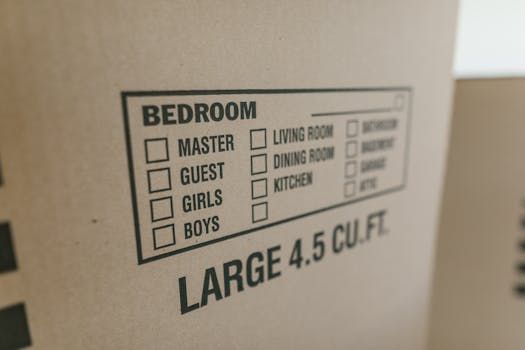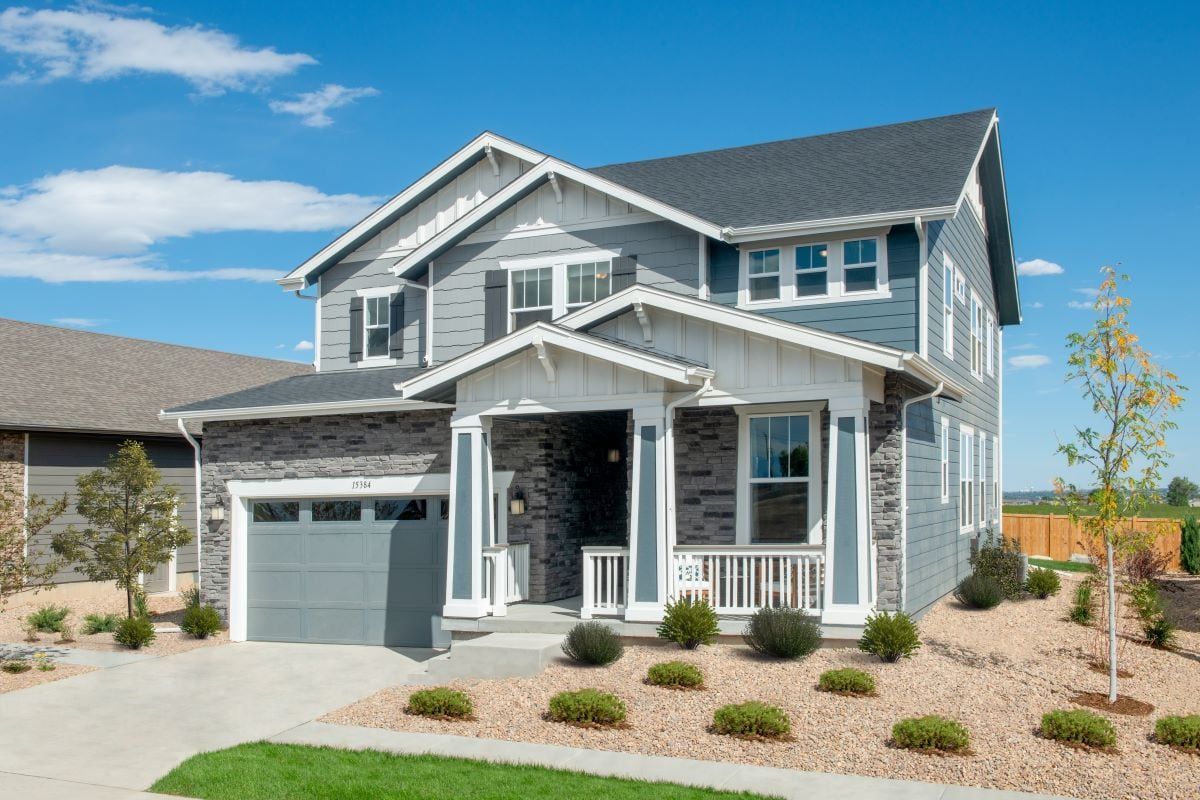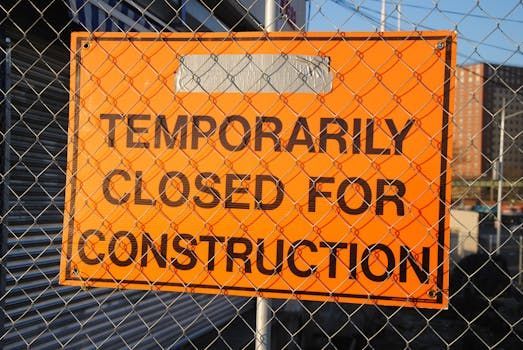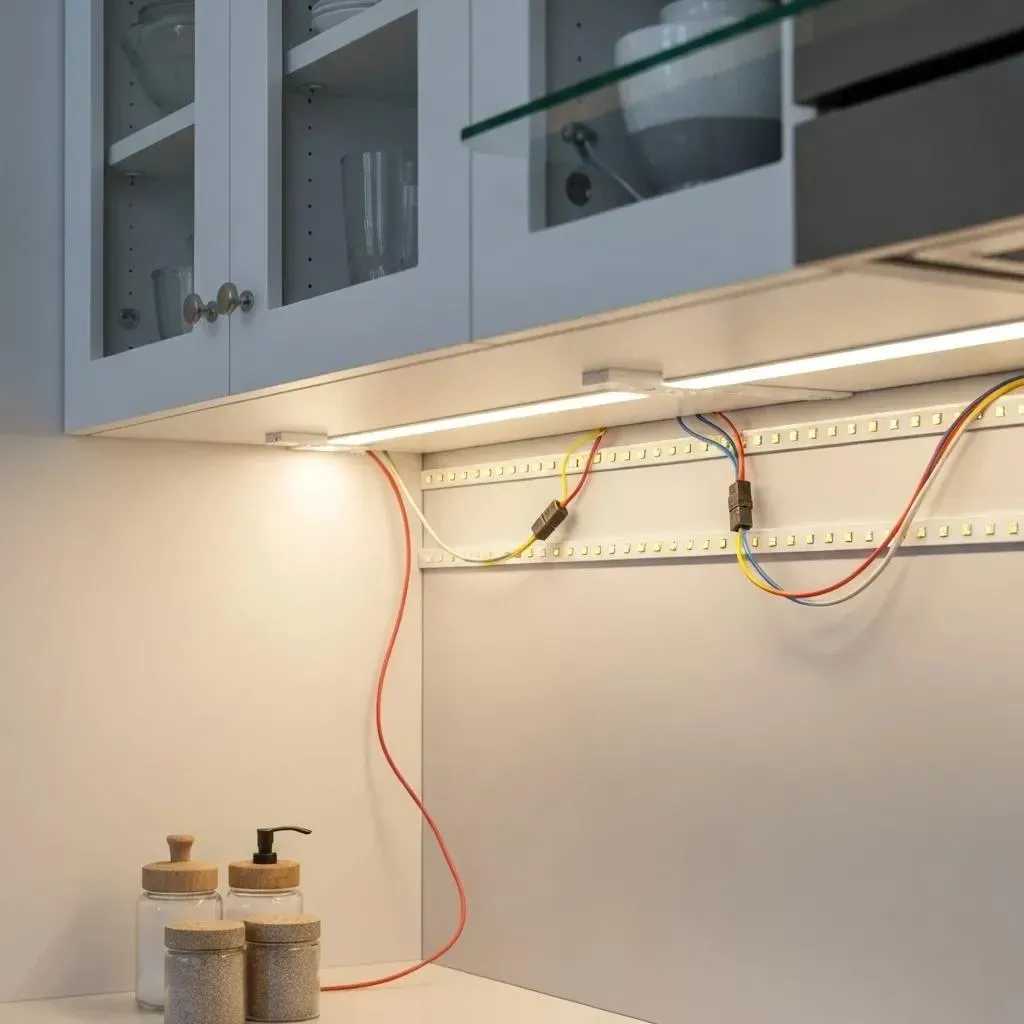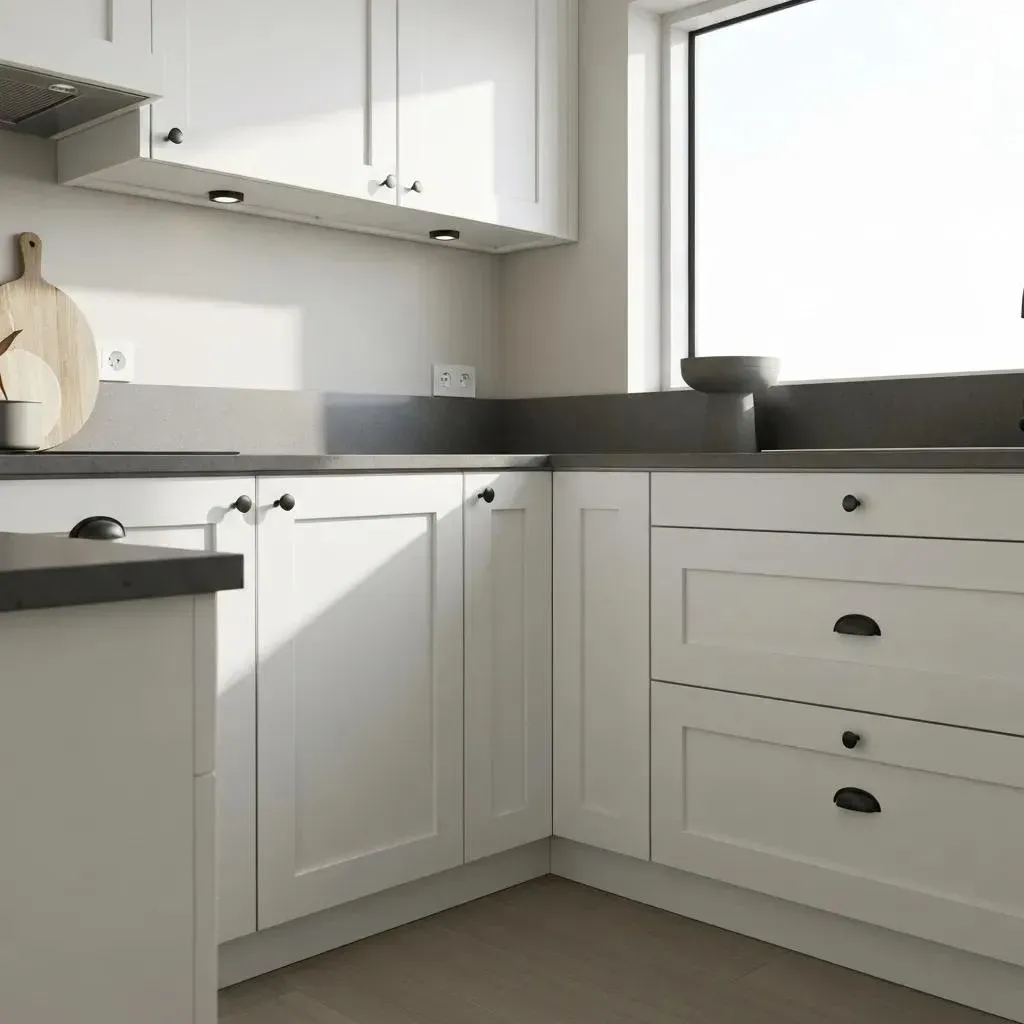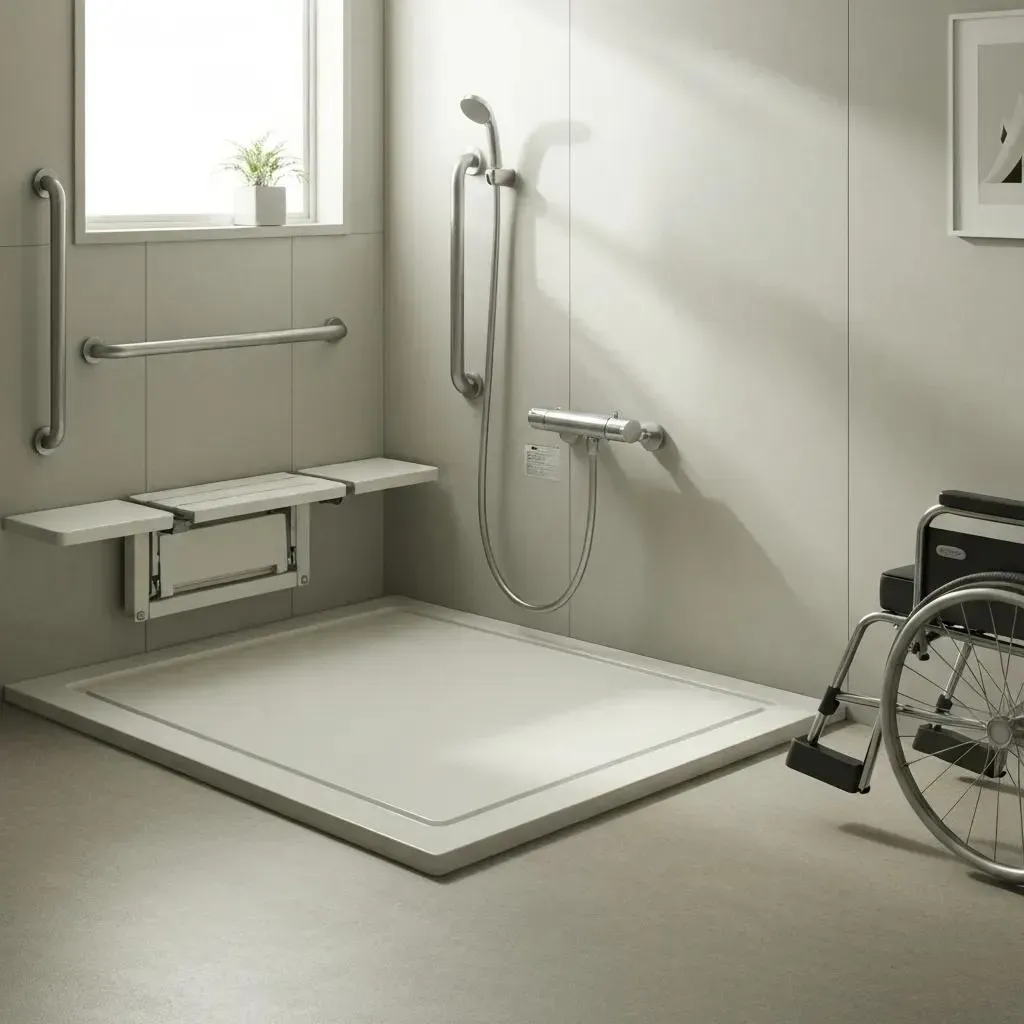Winter-Proof Your Castle: Essential Home Upgrades Before the Snow Falls
Winter in Denver isn't just about skiing and hot cocoa—it's about making sure your home can handle everything Mother Nature throws at it. As temperatures drop and heating bills rise, smart homeowners know that proactive winter preparation isn't just about comfort; it's about protecting your investment and saving serious money on energy costs. At Accountable Home Services, we've helped hundreds of Denver homeowners transform their houses into winter-ready fortresses that stay warm, efficient, and damage-free all season long.
1. Insulation: Your First Line of Defense
Think of insulation as your home's winter coat—and just like you wouldn't head to Vail in a t-shirt, your home shouldn't face Colorado winters without proper insulation. The average Denver home loses up to 30% of its heating through inadequate insulation, which translates to hundreds of dollars literally floating through your roof each winter. Modern insulation technology has come a long way from the itchy pink stuff of yesteryear, with options like spray foam, blown-in cellulose, and radiant barriers that can dramatically improve your home's thermal envelope.
The attic is ground zero for heat loss, where warm air naturally rises and escapes through gaps, cracks, and thin insulation layers. A properly insulated attic should have at least R-38 to R-60 insulation value in Denver's climate zone, yet many homes built before 2000 fall far short of this standard. When we upgrade attic insulation, homeowners often report feeling the difference immediately—rooms stay more consistent in temperature, drafts disappear, and that furnace doesn't have to work overtime just to maintain comfort.
Wall insulation presents unique challenges in older homes, but modern injection foam techniques allow us to add insulation without tearing down walls. This process involves drilling small holes between studs and injecting expanding foam that fills every cavity, creating a seamless thermal barrier. The investment typically pays for itself within 3-5 years through energy savings alone, not to mention the immediate improvement in comfort and noise reduction from outside.

Don't forget about your basement and crawl spaces—these often-overlooked areas can be major sources of cold air infiltration. Rim joist insulation, properly sealed crawl spaces, and insulated basement walls create a complete thermal envelope that keeps cold air out and warm air in. Have you noticed ice dams forming on your roof or certain rooms that never seem to warm up properly?
2. Windows and Doors: Sealing the Deal
Your windows and doors are the gatekeepers between your cozy interior and Denver's harsh winter elements. Single-pane windows, common in homes built before the 1980s, are essentially energy sieves that allow precious heat to escape while inviting cold drafts inside. Modern energy-efficient windows with double or triple-pane glass, low-E coatings, and argon gas fills can reduce heat loss by up to 50% compared to older models.
The window replacement process might seem daunting, but the benefits extend far beyond energy savings. New windows eliminate condensation problems that can lead to mold and water damage, reduce outside noise significantly, and increase your home's curb appeal and resale value. Many Denver homeowners are surprised to learn that window replacement projects can recoup 70-80% of their cost at resale, making them one of the smartest home improvement investments available.
Entry doors deserve equal attention in your winter preparation strategy. That beautiful old wooden door might have character, but if it's letting cold air whistle through, it's costing you money every month. Modern insulated steel or fiberglass doors offer superior thermal performance while maintaining aesthetic appeal. Weather stripping and door sweeps are quick fixes that can make an immediate difference—we've seen heating bills drop by 10-15% just from properly sealing doors and windows.

Storm doors and windows provide an additional layer of protection without the full cost of replacement. These supplementary barriers create an insulating air pocket that reduces heat transfer and protects your primary windows and doors from weather damage. For historic homes where maintaining original windows is important, interior storm windows offer an nearly invisible solution that preserves character while improving efficiency.
3. Heating System Optimization
Your heating system is the heart of your winter comfort, pumping warmth throughout your home like lifeblood. Yet many Denver homeowners are nursing along aging furnaces that wheeze through winter, consuming excessive energy while struggling to maintain comfortable temperatures. Modern high-efficiency furnaces achieve AFUE ratings of 95% or higher, meaning nearly all the fuel consumed converts to usable heat—compared to older models that might operate at 60-70% efficiency.
The decision to upgrade your heating system involves more than just efficiency ratings. Variable-speed motors adjust output based on demand, eliminating the constant on-off cycling that wastes energy and creates temperature swings. Smart thermostats learn your patterns and preferences, automatically adjusting temperatures when you're away or asleep. Some Denver utility companies offer rebates for high-efficiency upgrades, effectively reducing the upfront investment while you enjoy lower monthly bills.
Regular maintenance keeps your existing system running at peak performance through the winter months. Annual tune-ups include cleaning burners, checking heat exchangers for cracks, testing safety controls, and replacing filters. A well-maintained furnace not only runs more efficiently but also lasts longer—we've seen properly maintained systems last 20-25 years, while neglected units might fail after just 10-12 years. What would you do if your furnace failed during a January cold snap?
4. Plumbing Protection and Water Heater Efficiency
Frozen pipes are every Denver homeowner's winter nightmare, capable of causing thousands of dollars in water damage in mere hours. Vulnerable pipes in exterior walls, crawl spaces, and garages need special attention before temperatures plummet. Pipe insulation sleeves are an inexpensive first line of defense, but for chronically problematic areas, we often recommend heat tape or relocating pipes to warmer interior spaces.
Your water heater works harder in winter as incoming water temperatures drop, making efficiency upgrades particularly valuable. Tankless water heaters provide endless hot water while using 30-40% less energy than traditional tank models. For those not ready for full replacement, simple upgrades like water heater blankets, insulated hot water pipes, and temperature adjustments can reduce energy consumption by 15-20%.
Outdoor faucets and irrigation systems require special winterization procedures to prevent freeze damage. Disconnecting hoses, draining irrigation lines, and installing frost-proof faucets are essential steps that many homeowners overlook until it's too late. We've responded to countless emergency calls from homeowners who discovered burst pipes only after the spring thaw revealed the damage.
5. Roofing and Gutter Systems
Your roof bears the brunt of winter's assault, from heavy snow loads to freeze-thaw cycles that can compromise shingles and flashing. A pre-winter roof inspection identifies potential problems before they become expensive emergencies. Missing shingles, damaged flashing around chimneys and vents, and worn sealants all create opportunities for water infiltration that can cause extensive damage to your home's structure and interior.
Ice dams—those picturesque icicles hanging from your roof—are actually symptoms of heat loss and poor ventilation that can cause serious damage. When warm air from your living space heats the roof, snow melts and refreezes at the colder eaves, creating dams that force water under shingles. Proper attic insulation and ventilation prevent ice dams by keeping your roof cold, while heat cables provide backup protection in problem areas.
Gutters play a crucial role in winter water management, directing snowmelt away from your foundation. Clogged gutters can overflow and create ice hazards on walkways, or worse, allow water to seep into your basement. Gutter guards reduce maintenance requirements, while proper grading and downspout extensions ensure water flows away from your home's foundation.
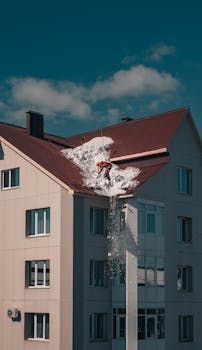
Conclusion
Winter preparation is an investment in your home's longevity, your family's comfort, and your financial well-being. Every upgrade you make—from adding insulation to replacing windows to optimizing your heating system—pays dividends through reduced energy bills, increased home value, and enhanced comfort. At Accountable Home Services, we specialize in comprehensive winter preparation that addresses your home's unique needs and your budget constraints. Don't wait until the first snowfall to discover your home's vulnerabilities. Contact us today for a winter readiness assessment and let's ensure your castle is ready to weather whatever winter throws at it.

